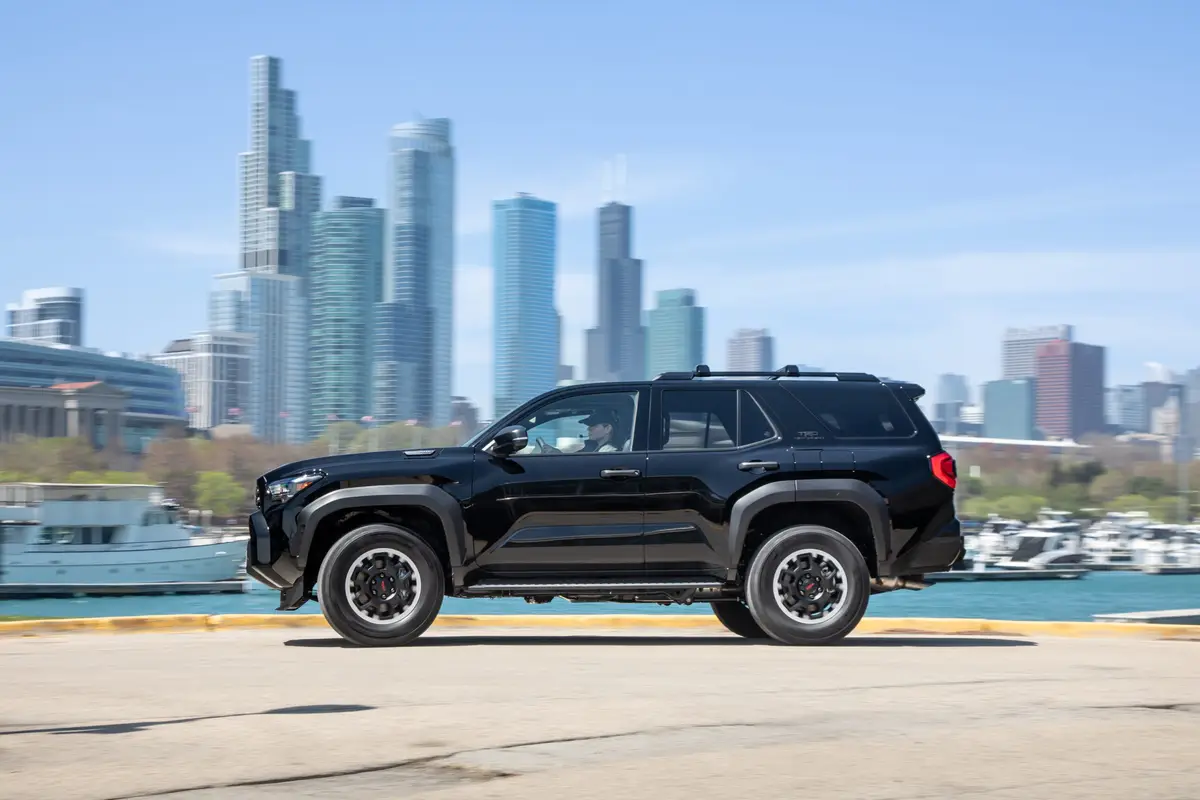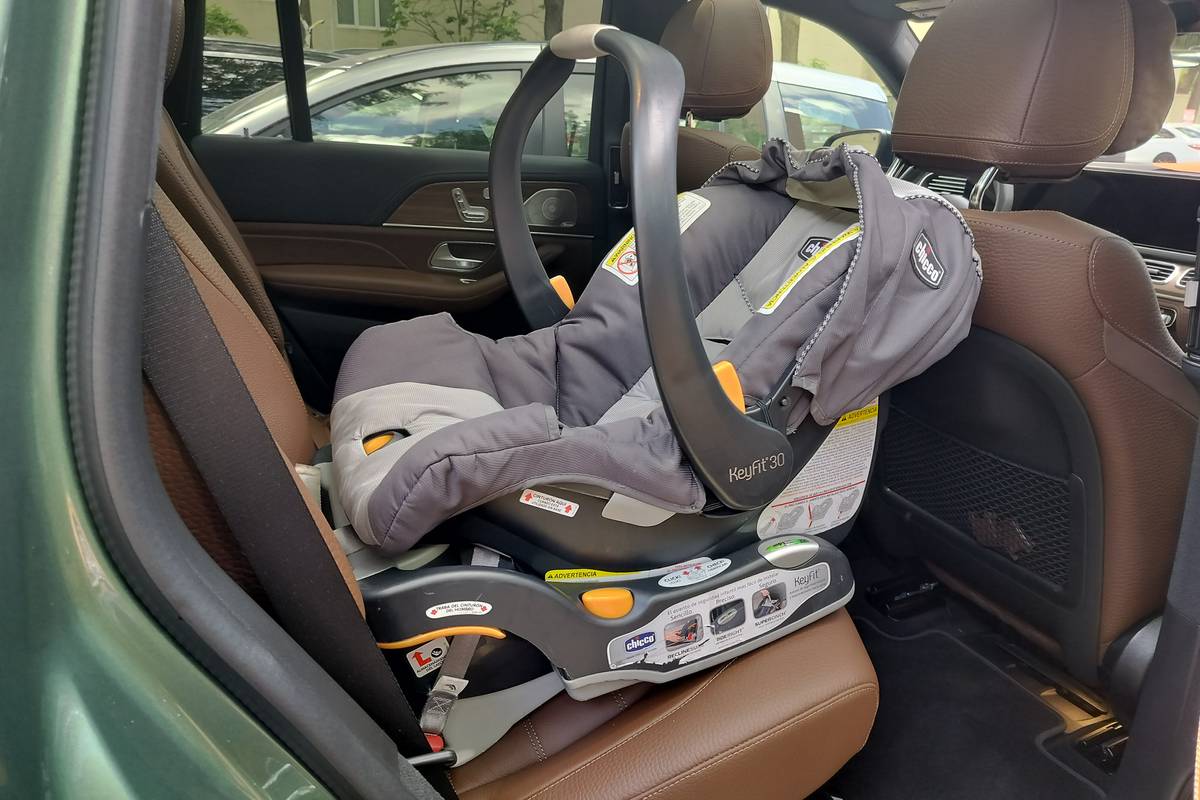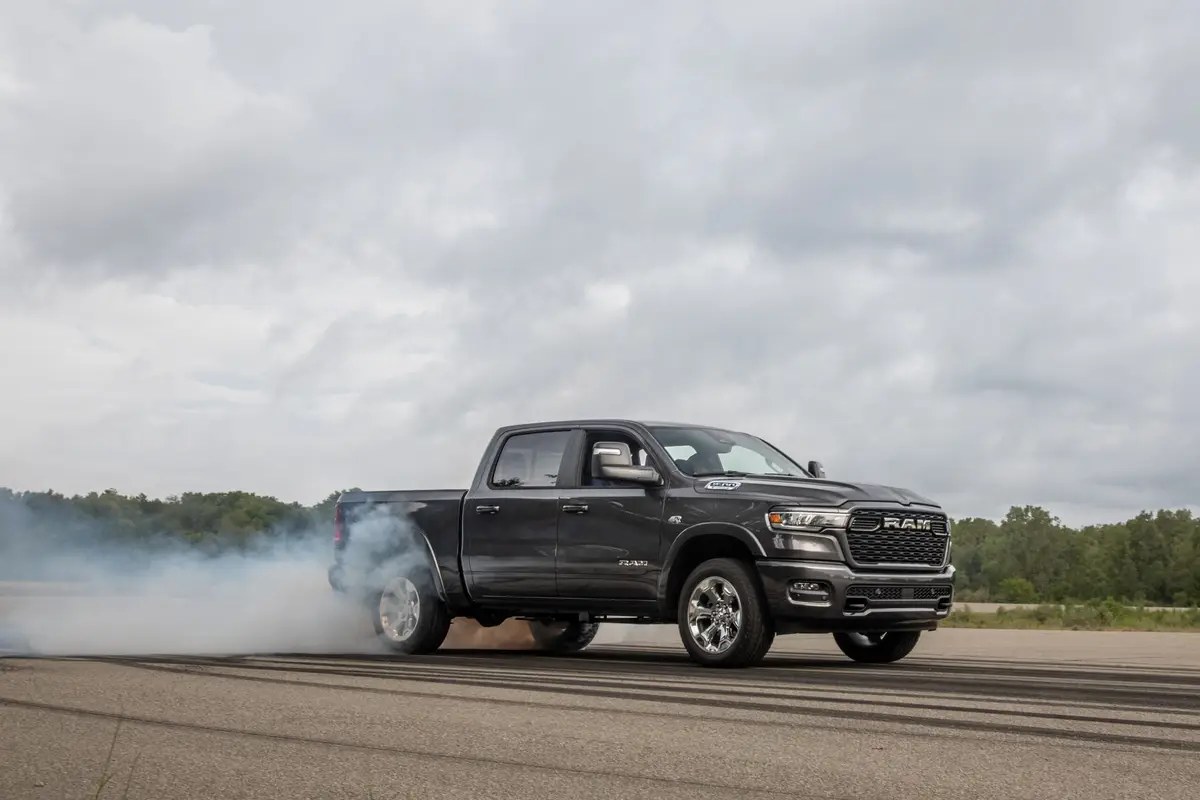Star-Telegram.com's view
Got a big family?
Those who have more kids than most cars have seats for usually find themselves driving those big vans that are popular with churches and daycare centers.
Granted, those vans are ugly, usually rather rough-riding, and often underpowered. But despite their complete lack of style, some can accommodate up to 15 people in their largest configurations.
Now, though, there is an alternative to one of those utilitarian vans: a more-comfortable and, perhaps, even somewhat stylish vehicle that can hold Mom and Dad, all the kids, and enough luggage to accommodate the family on a cross-country vacation.
It’s the Dodge Sprinter, which is more small bus than van. Besides the window models for passenger use, the Sprinter comes in cargo and pickup configurations for those who have cargo-hauling and other moneymaking uses for a vehicle of this size. The passenger model starts at $33,490 (including freight), while the cargo van begins at $31,290. A stripped-down chassis-cab model, upon which you can have your own special body applied by an aftermarket converter, lists for $30,950.
There are other variations, including extended-length (170-inch wheelbase vs. 144 inches for the standard model) and high-roof models, as well as a new mega-roof version – some of which would even be great for conversion into a small motor home.
German’s DaimlerChrysler began bringing the Sprinter to the United States in 2001, first selling it under the company’s Freightliner brand, then under the Dodge name (since 2004). In the rest of the world, though, this vehicle has been on the market since 1995 as a Mercedes product, and more than 1.2 million have been sold.
The United States is now the second-largest Sprinter market, with 21,961 sold here during 2006.
For 2007, the Sprinter has been completely redesigned, with a new, larger chassis and more variations.
The 2007 model, which went on sale earlier this month, in base form is two inches wider, 13 inches taller (11 inches higher inside), and 30 inches longer than the ’06 model.
The cargo area in the base passenger model is 19 inches longer, and overall, the ’07 model has 127 cubic feet of additional cargo space.
The Sprinter is available in three lengths – 233, 273 and 289 inches. There are now three interior roof heights: the standard model (65 inches), high-roof version (76 inches) and mega-roof (84 inches), the highest of all full-size vans.
Passenger models have seating for up to 10 people, and each seat is the same size, so no one gets cheated. The seats are all designed to accommodate full-size adults.
Extended-length versions have the same number of seats, but more cargo space. And with the high-roof models, it’s easy to get to even the rearmost seats, because you can walk to the rear while standing up — unless you’re one of those really tall NBA types.
Some of these vans are used as minibuses for charter trips, airport and hotel shuttles and other such applications. But for the U.S. market, Dodge is pushing the Sprinter as a family vehicle.
It’s easy to drive, has a comfortable ride, and while it’s no speed demon, it has plenty of power with either engine choice – gasoline or diesel.
The 3.5-liter V-6 gasoline engine is rated at 254 horsepower and 250 foot-pounds of torque.
The diesel engine, which gets the best fuel economy, is a 3.0-liter V-6 with 154 horsepower and 280 foot-pounds of torque.
In Europe and other world markets, the diesel is chosen by most customers because of its economy. For 2007, it meets the new U.S. smog standards for diesels, and uses the new ultra-low-sulphur diesel fuel.
In a vehicle this heavy, the additional torque of the diesel engine might make it the better choice even though the gas engine has the higher horsepower. No EPA mileage ratings are provided for either engine, however, as the Sprinter is exempt from U.S. fuel-economy regulations.
Choosing the diesel engine adds $1,840 to the Sprinter’s price in any passenger configuration. The standard-roof, 144-inch wheelbase gasoline model starts at $33,490, and the diesel at $35,330. The high-roof, 144-inch gas version starts at $35,290, and the diesel at $37,130. And the 170-inch wheelbase, high-roof gasoline model begins at $37,715, with the diesel starting at $39,555.
Both engines come with a five-speed automatic transmission that shifts easily and smoothly.
The base Sprinter weighs 5,331 pounds, and has a payload of 3,219 pounds (passengers and cargo combined). Other models range as high as 5,948 pounds, but their payloads are decreased accordingly because in any configuration, the maximum combined weight of the vehicle with passengers and cargo is 8,550 pounds.
All models can tow trailers weighing up to 5,000 pounds, which is double the towing capacity of the 2006 model. This would allow towing of some horse trailers, RVs and boats, although not particularly large ones.
Despite its huge size and utilitarian configuration, the Sprinter passenger van is well-equipped to keep its occupants comfortable.
Standard features include air conditioning, power windows and door locks, tilt-and-telescoping steering wheel, AM/FM/compact-disc audio system, wide-angle exterior mirrors, 16-inch wheels, and halogen headlights.
For safety, the Sprinter has electronic stability control, an important feature for a vehicle with such a high profile.
The Sprinters are built at two plants in Germany, and the passenger models are shipped from there straight to U.S. dealers.
But the commercial versions are partially disassembled at the ports in Europe before being shipped to a Freightliner plant in Ladson, S.C., where they are then reassembled before going on to dealers. This arrangement allows DaimlerChrysler to avoid paying the 25 percent U.S. import duty for trucks. The duty does not apply to passenger vehicles.
In Canada, to avoid a similar import duty, DaimlerChrysler reassembles the commercial models at a plant in Halifax, Nova Scotia.
My favorite of the variations of the Sprinter is the pickup truck, which reminds me of the forward-control pickups made by Volkswagen, Jeep and Chevrolet in the 1950s and ’60s. Those include the Chevrolet Corvair Rampside pickups of the early- to mid-60s.
The pickup has the same roomy cab as the cargo van and passenger model, along with a large cargo bed with storage compartments along each side, accessible from the outside.
Cargo and work vans have up to 600 cubic feet of space inside, and can be used for a large variety of applications. Work stations can be set up inside the vehicle, and with the high-roof models, people can stand up inside. That allows for a variety of tasks to be done inside the vehicle, making it a great mobile workshop.
Latest news



